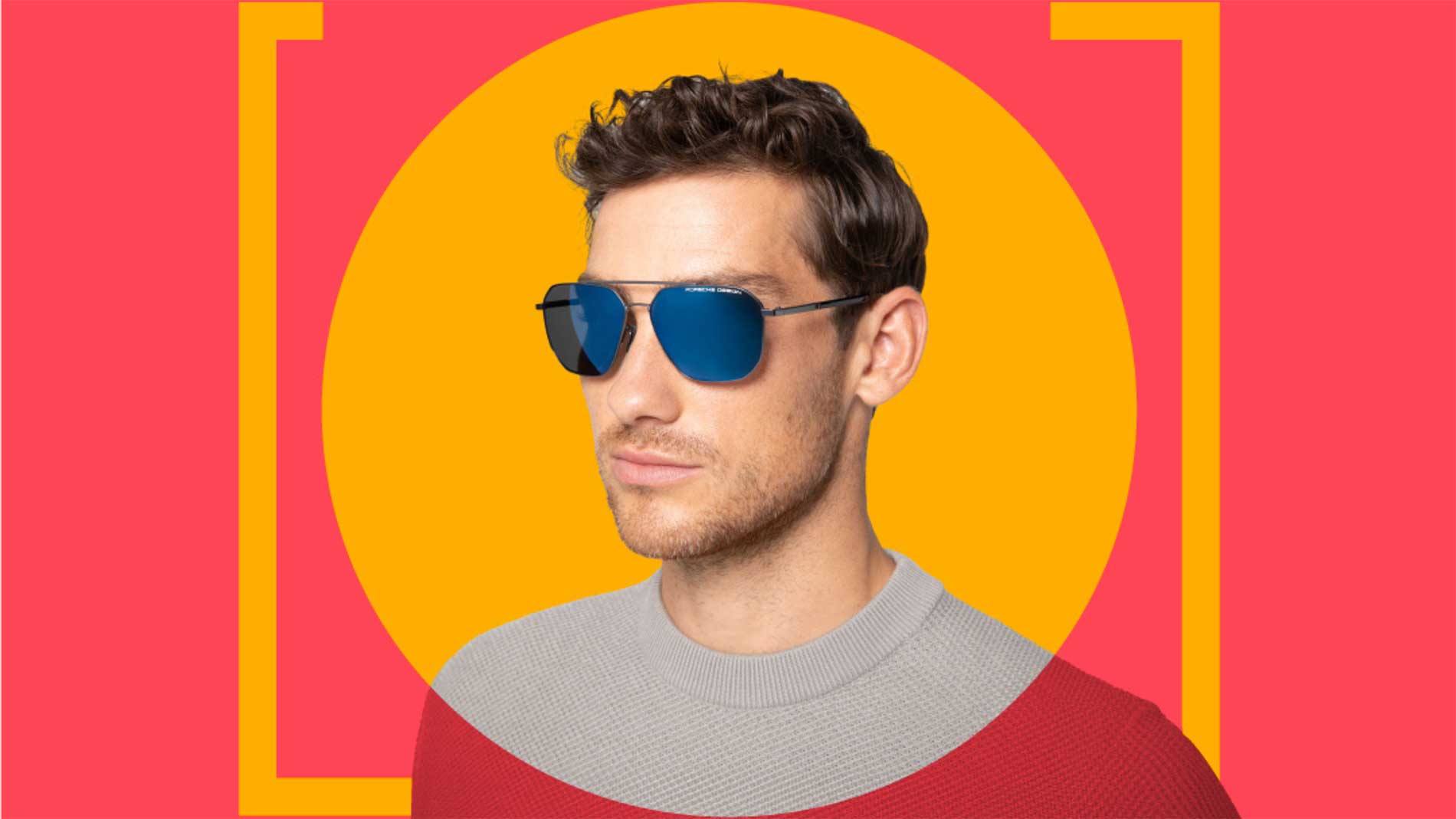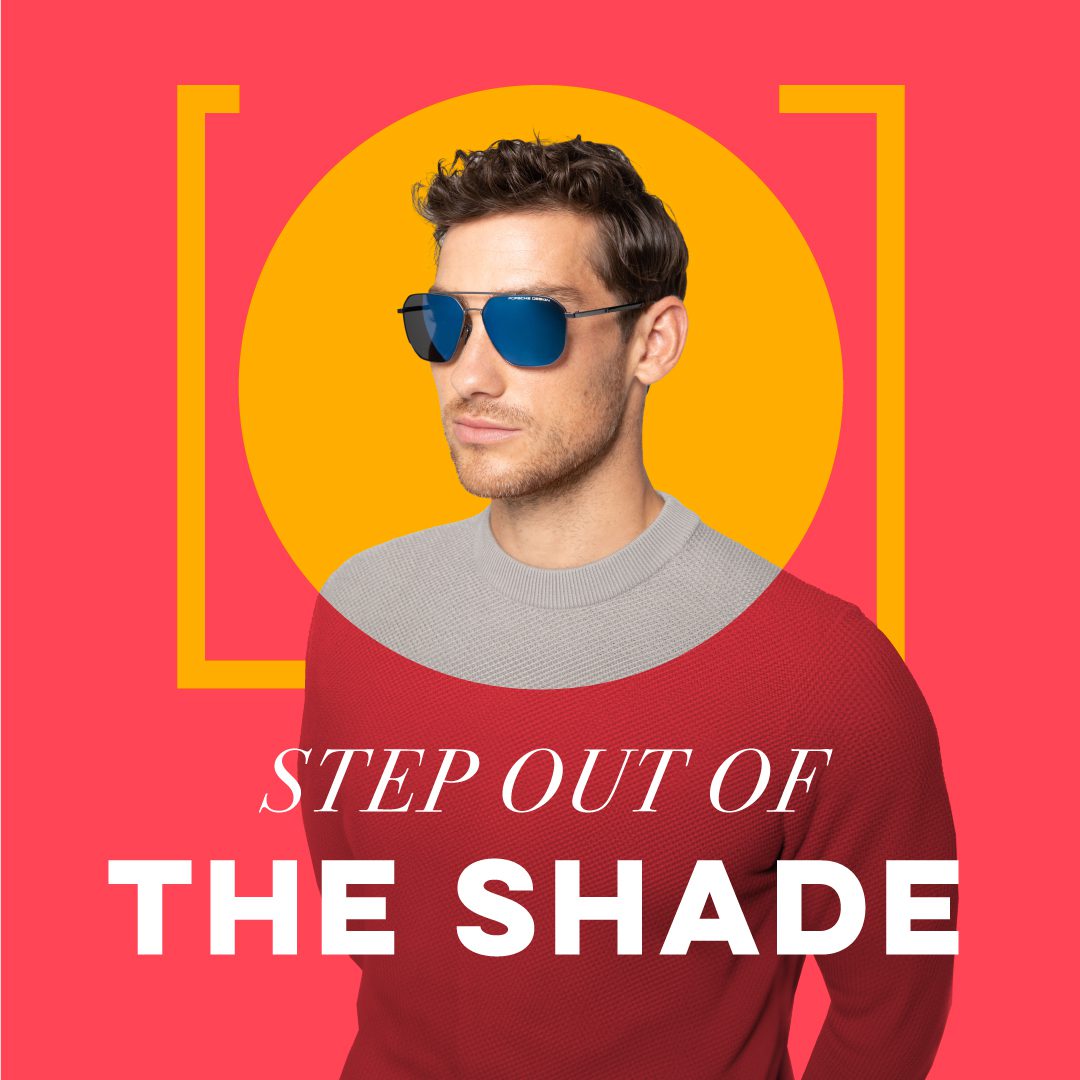
In Ireland, our relationship with the sun is a delicate dance, often influenced by unpredictable weather patterns. While we might be sun-deprived at times, understanding the impact of sunlight on our well-being becomes crucial. This blog explores the intricate connection between sunlight, health, and the balance we must strike in embracing its benefits while mitigating potential risks.

Consequences of Sunlight Deprivation: Lack of vitamin D, stemming from inadequate sunlight exposure, can impact bone strength, density, and immune system functionality. Individuals become more susceptible to various health issues, including colds, flu, infections, and skin disorders like psoriasis and eczema.
Balancing Act: While sunlight offers numerous benefits, excessive exposure can result in skin and eye damage. The sensitivity of one’s skin to UV radiation depends on their skin tone, making protection a universal concern. In Ireland, where UV rays are strong, safeguarding against exposure becomes a year-round commitment.

Sunlight and its Positive Effects: Sunlight plays a pivotal role in influencing our sleep schedule, mental health, and energy levels. Recognizing its significance, it becomes essential to compensate for the lack of sun exposure through alternative means. Consuming foods rich in Vitamins D and C becomes a proactive measure to maintain optimal health even in the absence of abundant sunlight.
The Biological Impact: Proper sunlight exposure does more for our bodies than meets the eye. It stimulates the production of serotonin, a hormone responsible for waking us up and boosting energy levels. As night falls, serotonin is converted into melatonin, aiding in a restful night’s sleep. Unfortunately, a growing number of people spend considerable time indoors, leading to insufficient sunlight exposure and its associated health implications.

UV Radiation and Eye Health: Just as we prioritize sunscreen for our skin, safeguarding our eyes from UV exposure is equally crucial. The invisible wavelengths of UV radiation, comprising UVA and UVB, can lead to DNA changes, potentially causing skin cancer on the eyelids and premature aging of the delicate skin surrounding our eyes.
Conclusion: In the pursuit of a balanced approach to sunlight, it is imperative to protect our eyes and skin alike. Whether it’s the peak of summer or the cool days of spring and autumn, adopting safety measures against UV exposure becomes a universal responsibility. By understanding the dual nature of sunlight – a source of vitality and a potential risk – we can strike a harmonious balance for overall well-being.



